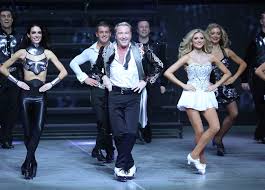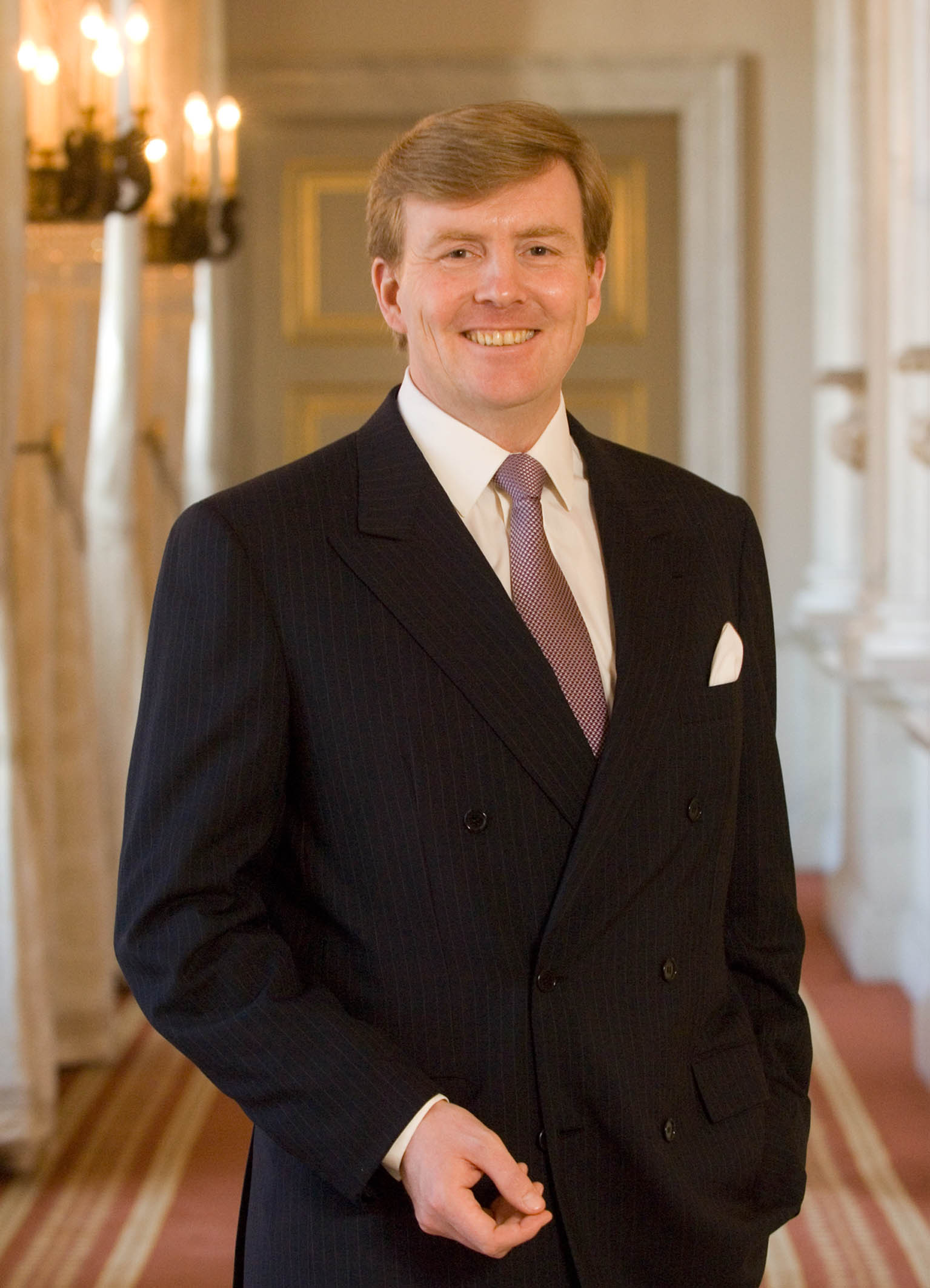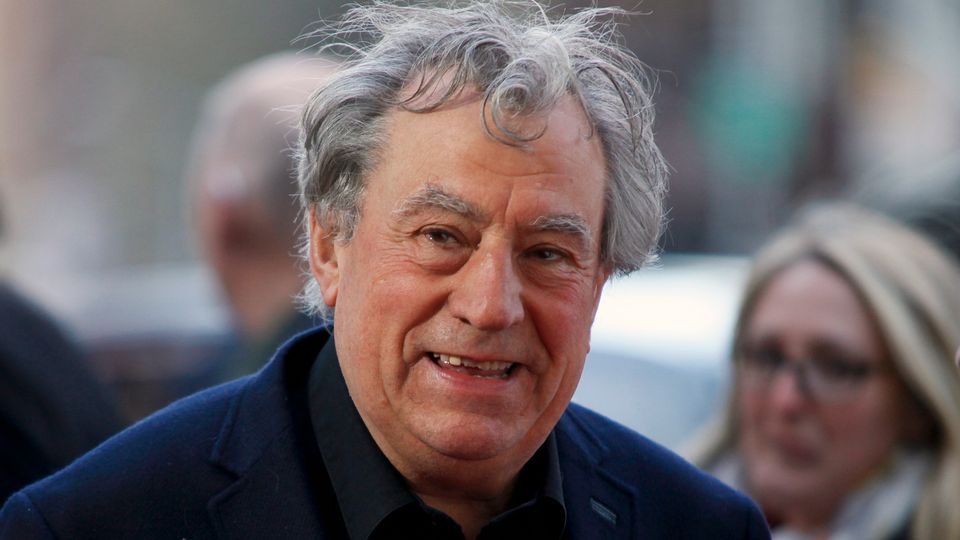
Introduction
Michael Flatley is an iconic figure in the world of dance, renowned for his innovative choreography and unique style that transformed theatrical dance, particularly in the realm of Irish dance. His influence extends beyond performance, impacting music and culture globally. As he celebrates his ongoing contributions, Flatley’s work continues to resonate with audiences, making it crucial to explore his journey and the significance of his achievements.
Main Body
Born on July 16, 1958, in Chicago to Irish immigrant parents, Michael Flatley began his journey in the arts at a young age. After mastering traditional Irish dance, he moved on to develop his unique style, which combined elements of tap and ballet. His breakthrough came with the creation of the smash hit show ‘Riverdance’ in 1994, which was initially a seven-minute performance for the Eurovision Song Contest. The performance captivated audiences and laid the groundwork for full-scale productions that followed.
Following the success of ‘Riverdance,’ Flatley launched his own shows, including ‘Lord of the Dance’ and ‘Feet of Flames.’ These productions showcased his signature style, characterized by fast footwork, athletic choreography, and vibrant storytelling. ‘Lord of the Dance’ alone has been seen by over 60 million people worldwide and has been translated into various languages, proving its universal appeal. Flatley not only served as the lead dancer but also as the choreographer and director, establishing his dominance in the genre.
On top of his artistic contributions, Flatley has significantly impacted the global perception of Irish culture. His productions generated a resurgence of interest in traditional Irish music and dance, paving the way for countless artists in the field. In recent years, Flatley has ventured into various endeavors, including filmmaking and philanthropy, further solidifying his legacy.
Conclusion
As Michael Flatley continues to inspire generations with his artistic vision and relentless pursuit of excellence, it is clear that his influence will not wane. The evolution of dance he initiated and the cultural conversations he sparked attest to his importance in the performing arts. His journey serves as a reminder of the power of creativity and passion in transforming lives and cultures.
Looking ahead, Flatley’s upcoming projects promise to deliver more groundbreaking work, and his ongoing contribution to the arts will undoubtedly leave a lasting imprint on future artists. His story not only highlights his exceptional talents but also inspires readers to pursue their own passions, reminding us of the possibilities that lie in dedication and innovation.
You may also like

The Royal Opera House: A Jewel in London’s Cultural Landscape

The Legacy of Terry Jones: Icon of British Comedy
